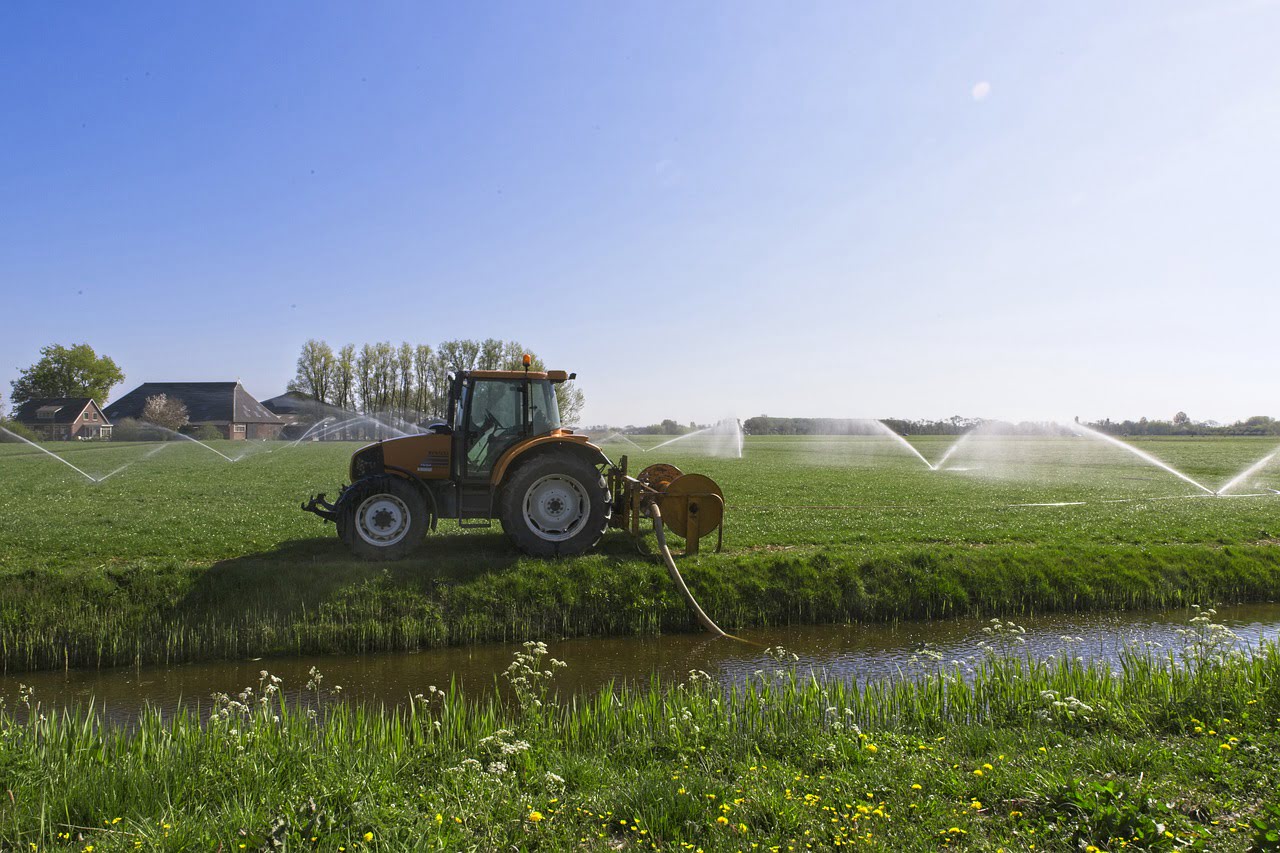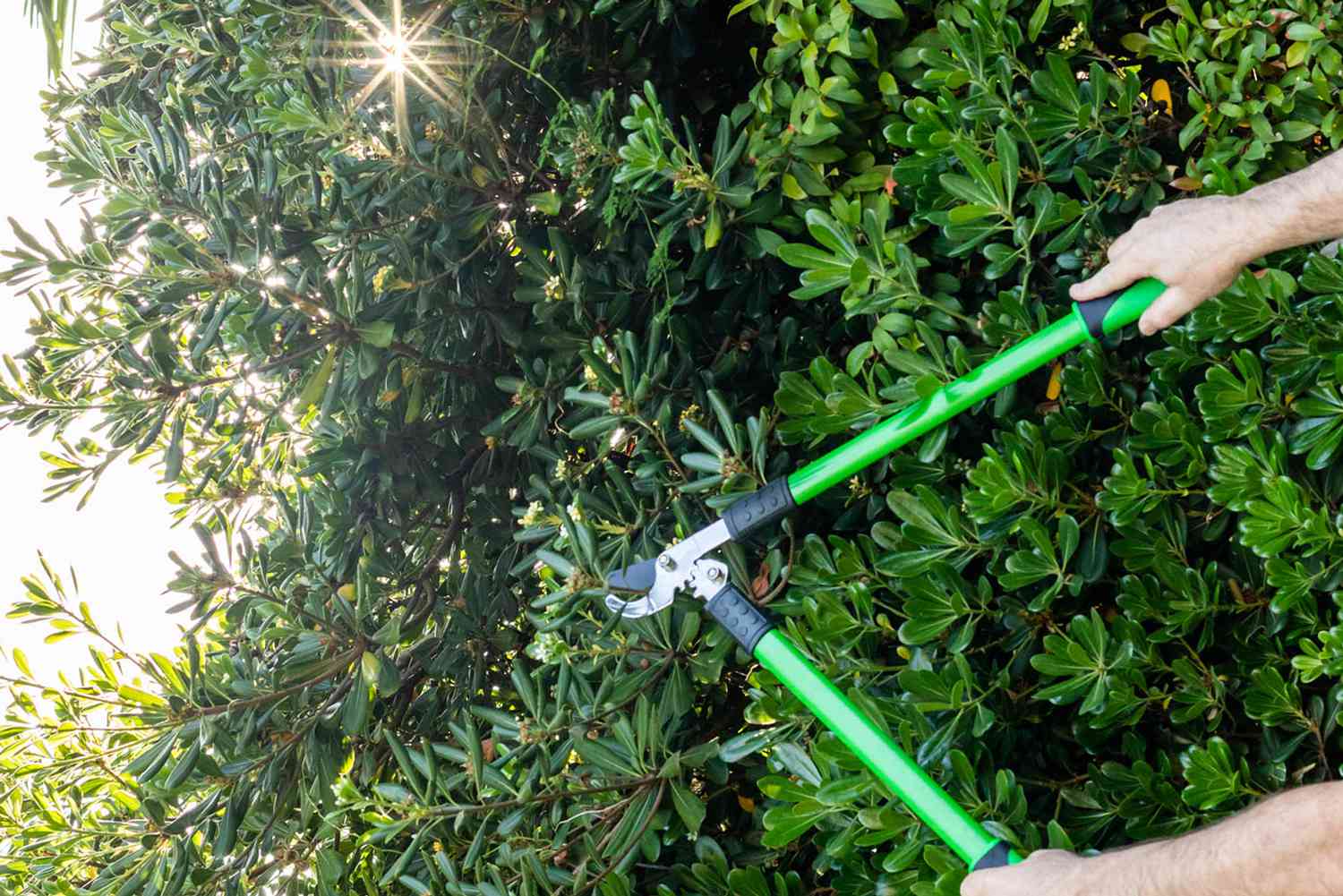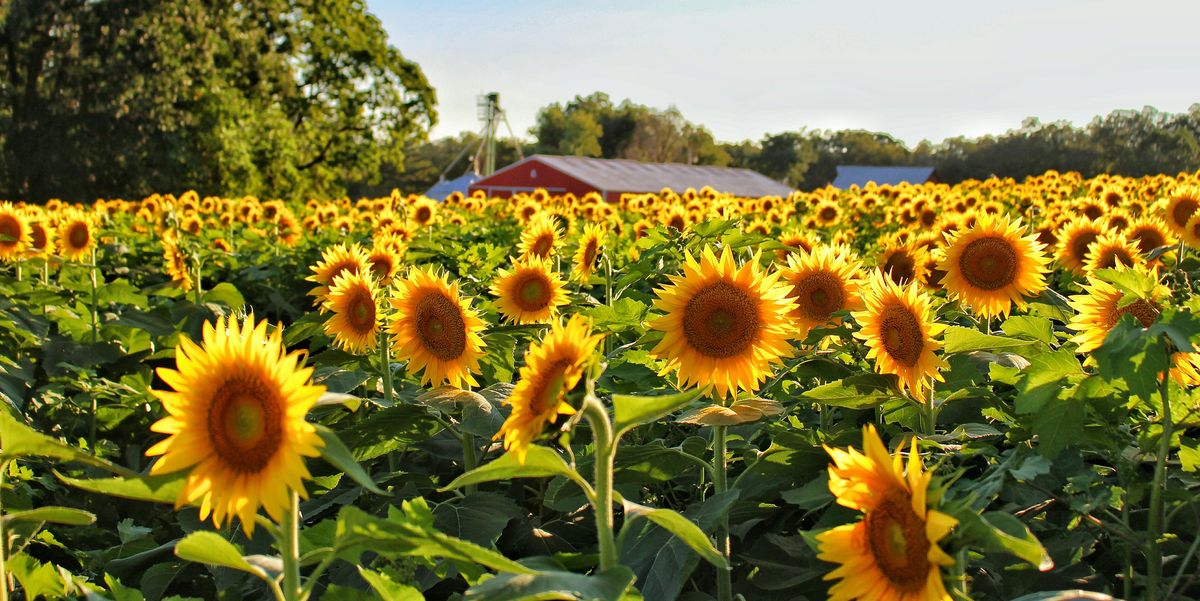Home>Types of Gardening>Ornamental Gardening>Why Are Bonsai Pots Shallow


Ornamental Gardening
Why Are Bonsai Pots Shallow
Modified: January 22, 2024
Discover the significance of shallow bonsai pots in ornamental gardening. Learn why bonsai pots are shallow and how they contribute to the art of bonsai cultivation. Unlock the secrets of ornamental gardening with shallow bonsai pots.
(Many of the links in this article redirect to a specific reviewed product. Your purchase of these products through affiliate links helps to generate commission for Chicagolandgardening.com, at no extra cost. Learn more)
Table of Contents
**
Introduction
**
Bonsai, the art of growing miniature trees, has captivated the hearts of gardening enthusiasts and nature lovers for centuries. The allure of these meticulously cultivated specimens lies not only in their exquisite beauty but also in the profound symbolism and cultural significance they embody. One of the defining features of bonsai cultivation is the shallow pots in which these miniature trees are grown. This seemingly unconventional practice raises the question: Why are bonsai pots shallow? To unravel this query, we delve into the aesthetic, horticultural, and practical aspects that underpin the art of bonsai and the unique role that shallow pots play in nurturing these enchanting living sculptures.
The art of bonsai, originating from ancient China and later refined in Japan, is steeped in tradition and revered for its ability to encapsulate the magnificence of nature within a confined space. The shallow pots used in bonsai cultivation are not merely vessels for housing the trees; rather, they serve as canvases that harmonize with the tree's form, enhancing its visual appeal and imparting a sense of balance and proportion. The significance of these shallow containers extends beyond their ornamental function, as they play a pivotal role in shaping the growth and vitality of the bonsai trees they cradle.
The enchanting world of bonsai beckons us to explore the profound connection between humanity and nature, inviting us to partake in a timeless tradition that celebrates the beauty of the natural world in miniature form. As we embark on this journey to unravel the mysteries of bonsai cultivation, we are poised to discover the multifaceted reasons behind the utilization of shallow pots, each contributing to the art's enduring allure and the flourishing vitality of these captivating living artworks.
This introduction sets the stage for an exploration of the intricate interplay between aesthetics, horticulture, and practical considerations that define the art of bonsai cultivation, shedding light on the captivating allure of these miniature masterpieces and the pivotal role that shallow pots play in nurturing their beauty and vitality.
Aesthetic and Cultural Significance
The utilization of shallow pots in bonsai cultivation is deeply intertwined with the aesthetic and cultural essence of this ancient art form. In the realm of bonsai, every element, from the tree and pot to the soil and moss, is meticulously selected and harmonized to evoke a profound sense of beauty and balance. Shallow pots, with their diminutive depth and expansive surface area, play a pivotal role in accentuating the visual appeal of bonsai trees, imparting a sense of proportion and harmony that is synonymous with the art of bonsai.
From a cultural perspective, the use of shallow pots in bonsai harkens back to the art’s origins in ancient China and subsequent refinement in Japan. In traditional Japanese aesthetics, the concept of “wabi-sabi” celebrates the beauty of impermanence and imperfection, embracing the transient nature of life. Shallow pots, with their weathered patina and understated elegance, embody the essence of wabi-sabi, serving as vessels that cradle the timeless beauty of nature within the confines of a miniature landscape.
Furthermore, the shallow pots used in bonsai cultivation symbolize the harmonious coexistence of the elements—earth, water, air, and fire—echoing the profound connection between humanity and the natural world. The deliberate choice of shallow containers in bonsai cultivation reflects the reverence for nature’s intrinsic beauty and the desire to encapsulate its magnificence within a confined space, thereby fostering a sense of tranquility and contemplation.
The aesthetic and cultural significance of shallow pots in bonsai cultivation transcends mere practical considerations, embodying the essence of a timeless tradition that celebrates the exquisite beauty of nature in miniature form. As we immerse ourselves in the enchanting world of bonsai, we are beckoned to appreciate the profound symbolism and visual allure that shallow pots impart to these captivating living artworks, underscoring their pivotal role in shaping the art of bonsai into a timeless expression of harmony and beauty.
Root Control and Growth
Shallow pots in bonsai cultivation serve as catalysts for meticulous root control and growth regulation, playing a pivotal role in shaping the health and vitality of the miniature trees. The limited depth of these containers necessitates the development of a dense, fibrous root system, which, in turn, imparts vigor and resilience to the bonsai trees. By confining the roots within a shallow space, bonsai enthusiasts can meticulously shape and prune the root structure, fostering a symbiotic relationship between the tree and its container.
Furthermore, the shallow pots exert a subtle yet profound influence on the growth patterns of bonsai trees, compelling them to develop compact and refined foliage that epitomizes the art’s aesthetic ideals. The restricted volume of soil in shallow pots prompts the trees to allocate their energy towards balanced growth, resulting in delicately proportioned branches and foliage that embody the quintessence of bonsai aesthetics.
Moreover, the controlled environment offered by shallow pots facilitates the cultivation of miniature trees with a heightened resistance to environmental stressors, thereby enhancing their longevity and vitality. The intricate dance between the roots and the confined space of the shallow pots engenders a harmonious equilibrium that fosters the enduring beauty and resilience of bonsai trees, underscoring the indispensable role of these containers in nurturing the health and vitality of these captivating living artworks.
Water and Nutrient Regulation
The utilization of shallow pots in bonsai cultivation exerts a profound influence on the regulation of water and nutrients, playing a pivotal role in sustaining the health and vitality of these miniature trees. The limited depth of shallow pots necessitates a meticulous approach to watering, as the reduced volume of soil dictates a delicate balance between moisture retention and drainage. Bonsai enthusiasts must exercise a keen understanding of the water requirements of their miniature trees, ensuring that the shallow pots facilitate the optimal uptake and distribution of moisture essential for the trees’ well-being.
Furthermore, the shallow pots in bonsai cultivation engender a refined approach to nutrient regulation, compelling the trees to thrive within a confined space that demands judicious fertilization and soil management. The restricted volume of soil in shallow pots necessitates a precise and measured approach to nutrient supplementation, fostering the development of robust and balanced foliage while mitigating the risk of nutrient imbalances that may compromise the health of the bonsai trees.
Moreover, the controlled environment offered by shallow pots facilitates the cultivation of miniature trees with a heightened resistance to environmental stressors, thereby enhancing their longevity and vitality. The intricate dance between the roots and the confined space of the shallow pots engenders a harmonious equilibrium that fosters the enduring beauty and resilience of bonsai trees, underscoring the indispensable role of these containers in nurturing the health and vitality of these captivating living artworks.
Practical Considerations
Beyond their aesthetic and horticultural significance, shallow pots in bonsai cultivation offer a myriad of practical benefits that contribute to the art’s enduring allure and the flourishing vitality of these miniature trees. The diminutive dimensions of these containers render them highly portable and conducive to indoor cultivation, enabling enthusiasts to showcase their miniature masterpieces in a variety of settings, from homes and offices to exhibitions and cultural events.
Moreover, the shallow pots in bonsai cultivation facilitate a meticulous approach to maintenance and care, as their reduced volume of soil and confined root space necessitate a heightened level of attention to watering, fertilization, and pruning. This intimate engagement with the trees fosters a profound connection between the bonsai enthusiast and their miniature masterpieces, enriching the cultivation experience and nurturing a deep appreciation for the art’s timeless beauty and resilience.
Additionally, the utilization of shallow pots in bonsai cultivation underscores the art’s emphasis on balance and proportion, compelling enthusiasts to meticulously select containers that harmonize with the size, style, and aesthetic of the trees they cradle. This deliberate curation of pots imbues the art of bonsai with a sense of artistry and intentionality, elevating the cultivation process into a nuanced expression of creativity and craftsmanship.
Furthermore, the practical considerations associated with shallow pots extend to the art’s tradition of passing down cherished specimens from one generation to the next. The portability and adaptability of shallow pots make them ideal vessels for nurturing the legacy of bonsai trees, enabling enthusiasts to safeguard and propagate these living artworks, thereby perpetuating the enduring allure and cultural significance of the art of bonsai.
Conclusion
The art of bonsai, with its profound cultural significance and enduring allure, beckons us to embark on a journey of discovery and contemplation, unraveling the captivating mysteries that underpin the cultivation of these miniature living artworks. The utilization of shallow pots in bonsai cultivation, as we have explored, transcends mere practical considerations, embodying the essence of a timeless tradition that celebrates the exquisite beauty of nature in miniature form.
From their pivotal role in shaping root control and growth regulation to their profound influence on water and nutrient regulation, shallow pots serve as custodians of the health and vitality of bonsai trees, nurturing the enduring beauty and resilience of these captivating living artworks.
Furthermore, these shallow containers embody the art’s emphasis on balance and proportion, compelling enthusiasts to meticulously select vessels that harmonize with the size, style, and aesthetic of the trees they cradle, elevating the cultivation process into a nuanced expression of creativity and craftsmanship.
As we conclude our exploration of the multifaceted reasons behind the utilization of shallow pots in bonsai cultivation, we are poised to appreciate the profound symbolism and visual allure that these containers impart to these captivating living artworks, underscoring their indispensable role in shaping the art of bonsai into a timeless expression of harmony and beauty.
In essence, the shallow pots in bonsai cultivation embody the art’s enduring legacy, nurturing a deep appreciation for the art’s timeless beauty and resilience, perpetuating the enduring allure and cultural significance of the art of bonsai for generations to come.




